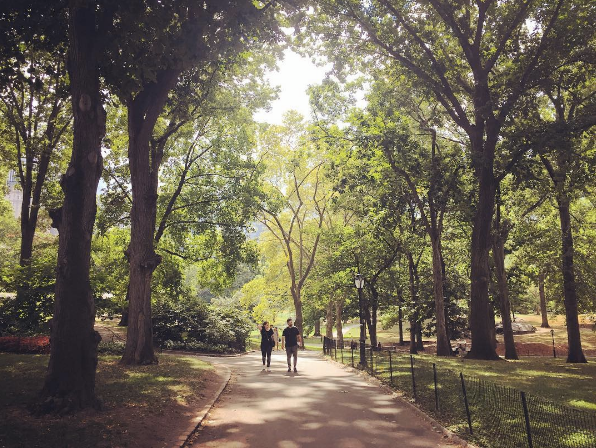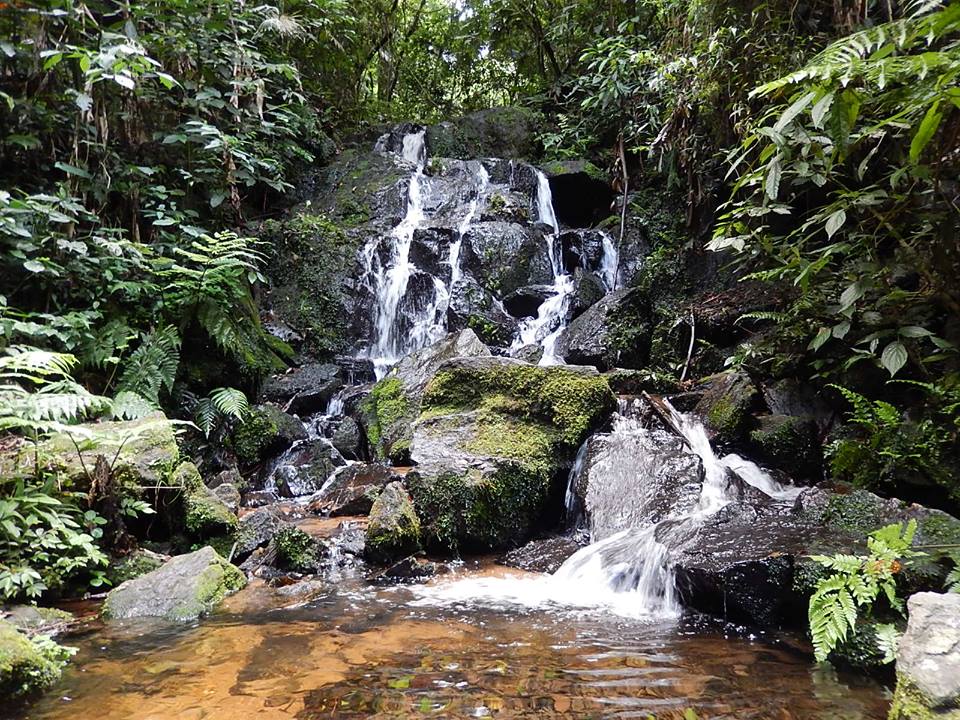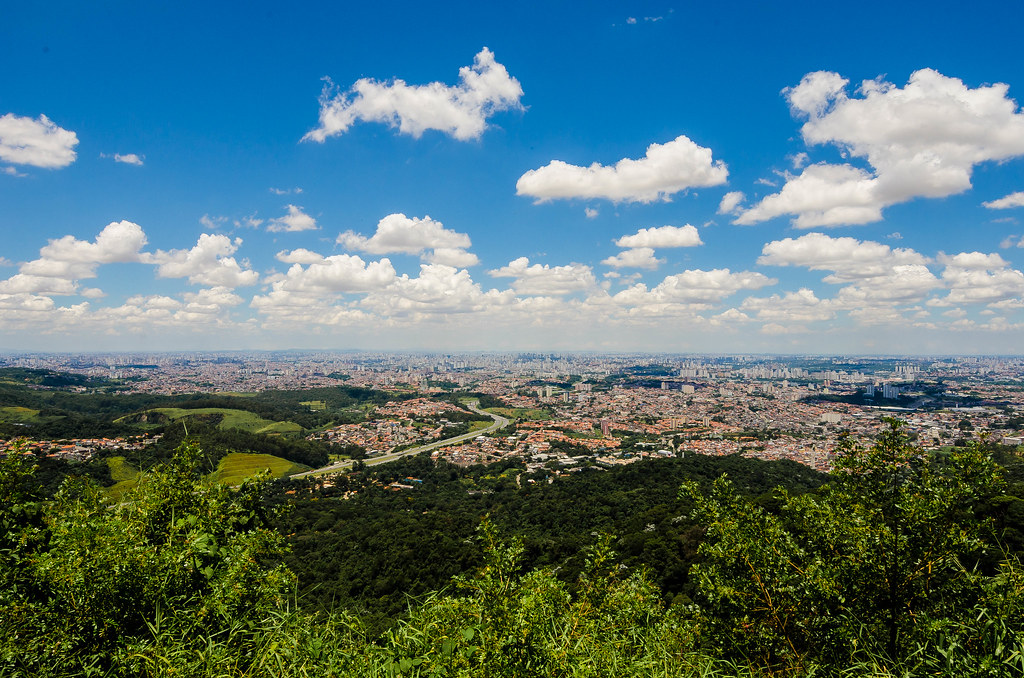SÃO PAULO, BRAZIL – Think of dream ecotourism destinations, and Brazil will certainly be among the most wish-listed: the beaches in Bahia, the mountains of Rio de Janeiro, the Amazon forest, and the Iguaçu falls are only some of the numerous Brazilian attractions capable of seducing nature-loving visitors from all over.
While there is no doubt that São Paulo is one of Brazil’s touristic centers, due to its vibrant cultural scene, very little has been told about the incredible natural attractions that exist in the capital.
São Paulo actually has the biggest urban forest in the world and a park that is five times the size of New York’s Central Park — just to mention a few of what the city can offer in terms of nature.
If ecotourism in Brazil’s concrete jungle sounds too odd to you, give São Paulo’s parks and green areas a chance, and get ready to surprise yourself.

The most famous tourist green area in São Paulo is certainly Parque Ibirapuera, in Vila Mariana (Zona Centro-Sul). Elected by TripAdvisor as the best South American park in 2017, Ibirapuera is a classic weekend program for jogging, riding a bike, or having a picnic. Affectionately called by locals as “Ibira”, the park is also popular for hosting two of São Paulo’s most important museums, Museu Afro Brasil and Museu de Arte Moderna.
Thus, one shouldn’t be surprised when stepping into a crowded Ibirapuera on the weekends: as a favorite program for São Paulo’s sunny days, it usually attracts 150,000 people a week. But if feeling the vibe of São Paulo’s most popular park is what you look for, this 320-acres-area is worth the visit.
Also quite popular among locals is the Botanical Garden, in São Paulo’s Southern Zone. If landscape architecture is your thing, this garden is the place to go. Hikers will also enjoy the venue, where a couple of trails located within São Paulo’s native vegetation are available to visitors.
For a calmer park experience in São Paulo, far from Ibirapuera’s bustling atmosphere, make sure to check Parque Estadual Alberto Lofgren, in Horto Florestal. Created at the end of the nineteenth century by Swedish naturalist and botanist Alberto Lofgren, the park is a green oasis in the middle of São Paulo’s North Zone.
Rare bird species can be spotted every once in a while at Parque Alberto Lofgren, as well as trees that are typical of the Atlantic Forest, such as Pau Brasil. What’s more, the park is home to Museu Florestal Octávio Vecchi, also known as the “Wood Museum”, which owns a collection of wood pieces combining art and botany.
Right next to Parque Alberto Lofgren, the Parque Estadual da Cantareira will make you doubt you’re actually in the same city as Avenida Paulista’s skyscrapers. Considered the world’s largest area in an urban zone that still has native tropical forests, Parque da Cantareira is the right option for an in-depth ecological experience in São Paulo.

With an area of 79 million square meters, Parque da Cantareira couldn’t be more exciting for nature-loving visitors: among the numerous trails for both beginning and experienced hikers, two lead to small falls, where one can even take a shower. The biodiversity at Cantareira makes it hard to believe it’s only ten kilometers away from São Paulo’s ground zero, the Praça da Sé square.
As stunning as Parque da Cantareira, Parque do Jaraguá is another natural sanctuary in São Paulo’s Zona Norte that not many visitors have heard of. Inside Parque do Jaraguá, it is possible to visit Jaraguá Peak, the highest point in the city of São Paulo, 1,135 meters above sea level.
Parque do Jaraguá offers four trails, with Trilha da Bica, the main one, leading to a waterfall. The big attraction, however, is Trilha do Pai Zé, the only one giving access to Jaraguá Peak. As Trilha do Pai Zé is only recommended for intermediate and experienced hikers, accessing the Peak is also possible by car (after 12 noon on weekends, and after 7 PM on working days).

Once in Zona Norte, also try to stop by Parque Anhanguera, which, along with Parque da Cantareira and Parque do Jaraguá, is responsible for protecting the native tropical forest of São Paulo. Located in the neighborhood of Perus, this park stands out for the rich fauna, with 382 cataloged species.
Going all the way to São Paulo’s East Zone, the Zona Leste, one will find the Parque Ecológico Tietê, which spreads along the meadowy banks of the Tietê River. Even though this river is, ironically, among the most polluted in Brazil, the park was founded in the 1980s with the specific goal of rescuing, at least partially, the original fauna and flora of Tietê’s surroundings.
With an area equivalent to nothing less than five Central Parks and eleven Ibirapuera parks, the park is a great natural attraction in São Paulo, especially for residents in Zona Leste, Barueri, and Guarulhos (two municipalities neighboring São Paulo city). Apart from its wide green area, the park, designed by architect Ruy Ohtake, includes a museum, a library, and several sports’ courts.
For more nature programs in São Paulo city, also check the Área Proteção Ambiental Boreré-Colônia, in Boreré; Parque do Carmo, in Itaquera; Parque Villa-Lobos, in Alto de Pinheiros; and Parque da Água Branca, in Água Branca.

